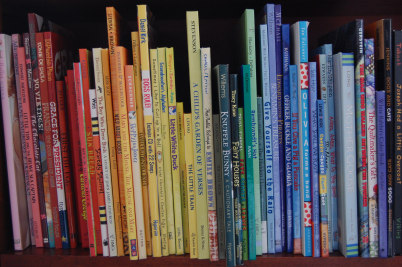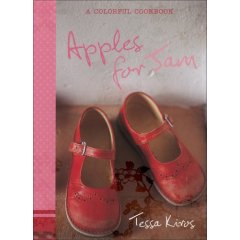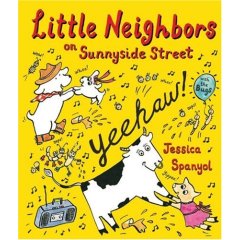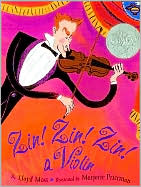
I got an email from Milly's preschool teacher this morning alerting me to the plight of neighborhood goats Carne (a Nigerian Dwarf) and Leche (a French Alpine). It seems that the county considers them livestock and their owners to be in violation of local zoning ordinances; find out more at www.SaveOurGoats.com. To be fair, we do live in Arlington, VA; just outside of Washington, DC; but my primary concern is that if the county allows it, the kids will want a pet goat, too. Or two.
We're going to visit the goats on Saturday morning (the owners are hosting a goat-petting party). In the meantime, we're reading Patricia Polacco's alphabet book G is for Goat (Philomel, 2003). It has bouncy rhymes and bright illustrations, and it passes the Q test ("P is for push, when goats just won't go. Q is for quit, when goats just say no"). Polacco's goats (they're in a lot of her books, come to think of it) are Nubians; read more about them in Oh, Look! (Philomel, 2004), the sequel to G is for Goat. Are there any other good goat books?

























